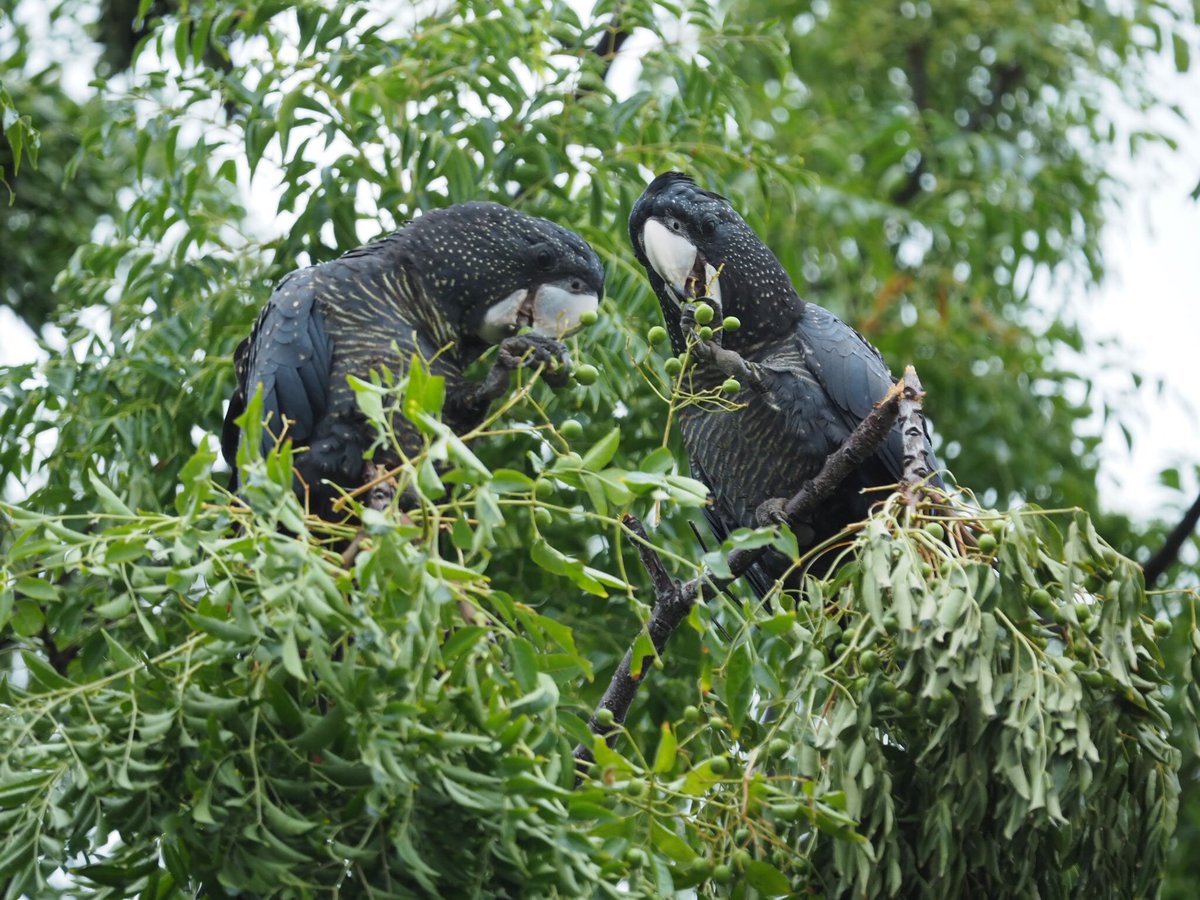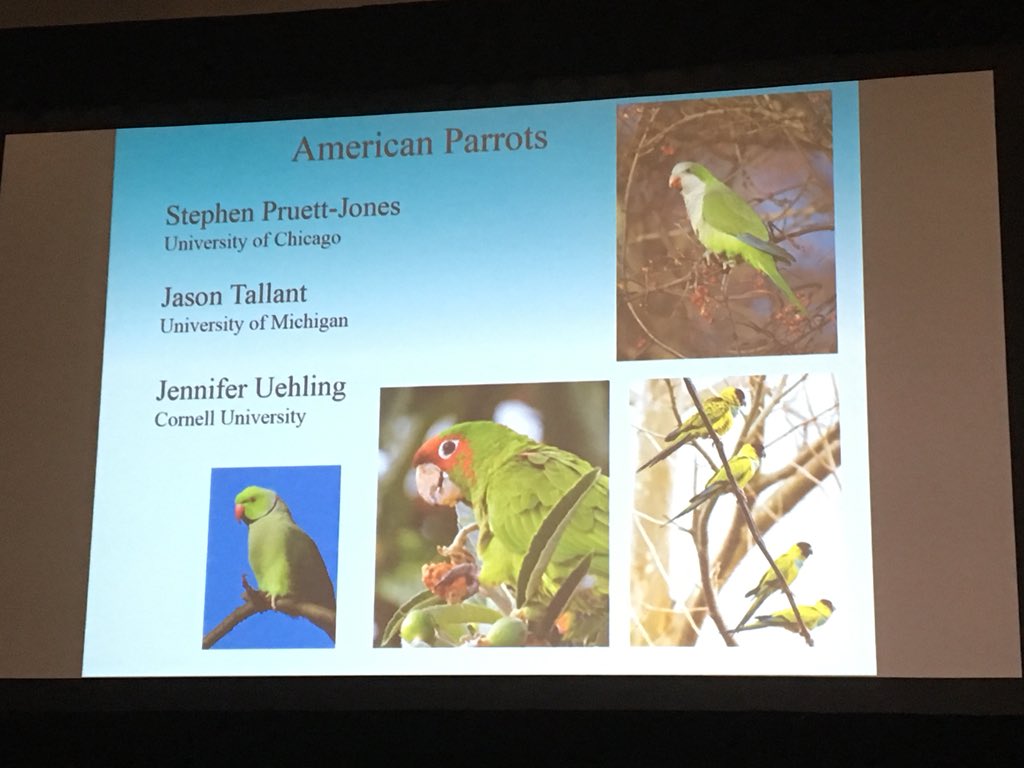This is becoming highly relevant in light of the ongoing bushfire crisis here in Aus, so I wanted to write some thoughts based on my experience and research. /1

I also work on adaptation to urban areas, but fire-affected habitat can be classified as a novel environment as well, as the resulting habitat and resource availability is drastically changed. /2
/4
/5
Parrots learn what is food, where to find it, and how to process it from conspecifics (other individuals of the same species). Usually this is parents teaching their young.
/6
/7
/8
I'm trying to document novel food use by parrots using the #HungryParrots hashtag and eventually a citizen science project.
/9
/10
/11
/12
/13
Captive diets for Glossies I have worked with included parrot pellets, sprouted seeds, fresh veggies (no fruit), and casuarina cones.
/14
The Glossies might be hungry and desperate enough to investigate new foods. But they could also be confused and stressed, and less likely to take risks.
/15
/16
/17
/18
/19
Might be possible for Glossies to adapt to new foods, but possibly not in the short timeframe required.
/20
/21
/22
/23




